Cilia-inspired smart surfaces that sweep micro/nanometer-scale substances in a desired direction could inspire future drug-delivery systems and medical technologies.
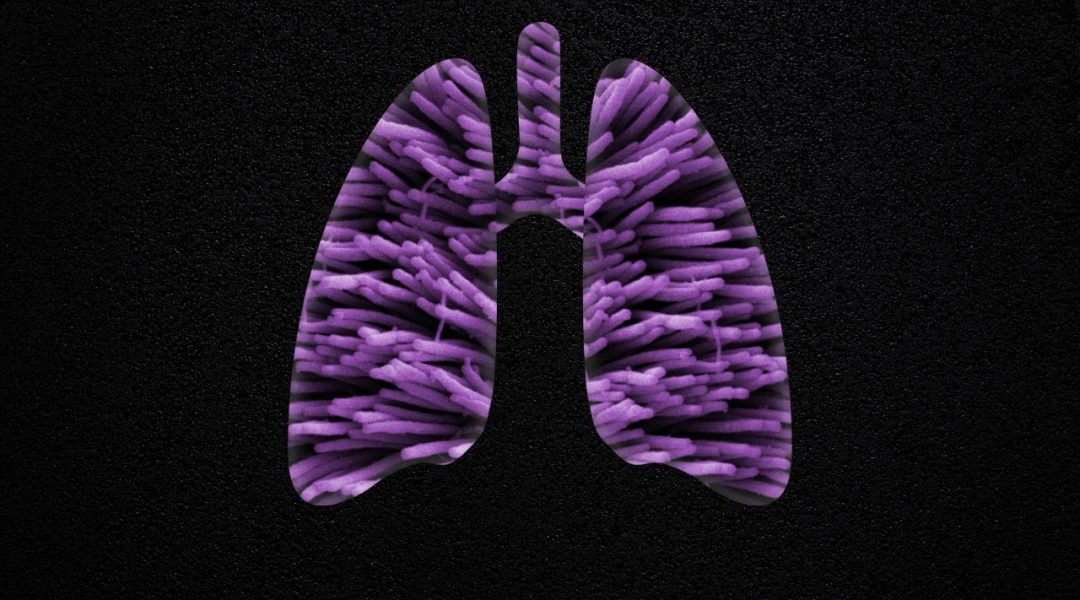

Cilia-inspired smart surfaces that sweep micro/nanometer-scale substances in a desired direction could inspire future drug-delivery systems and medical technologies.

The many possibilties of hybrid organic/inorganic van der Waals heterostructure systems where highly-ordered (supra)molecular layers are interfaced with inorganic 2D materials are discussed.
![Low-Power, High-Speed Analog Computing [Video]](https://www.advancedsciencenews.com/wp-content/uploads/2018/03/adma201705914_ASN_image-e1521125299316.png)
Researchers from the University of Massachusetts and Hewlett Packard Labs present a memristor platform for analog computations and forecast a device performance at least 16 times greater than purely digital solutions.
![The Superlubric Behavior of Graphene [Video]](https://www.advancedsciencenews.com/wp-content/uploads/2018/03/adma201705791_ASN_image-e1521123653865.png)
Professor Peter Coveney and co-workers from University College London elucidate the process that drives the exfoliation of graphite into graphene sheets using molecular dynamic simulations.
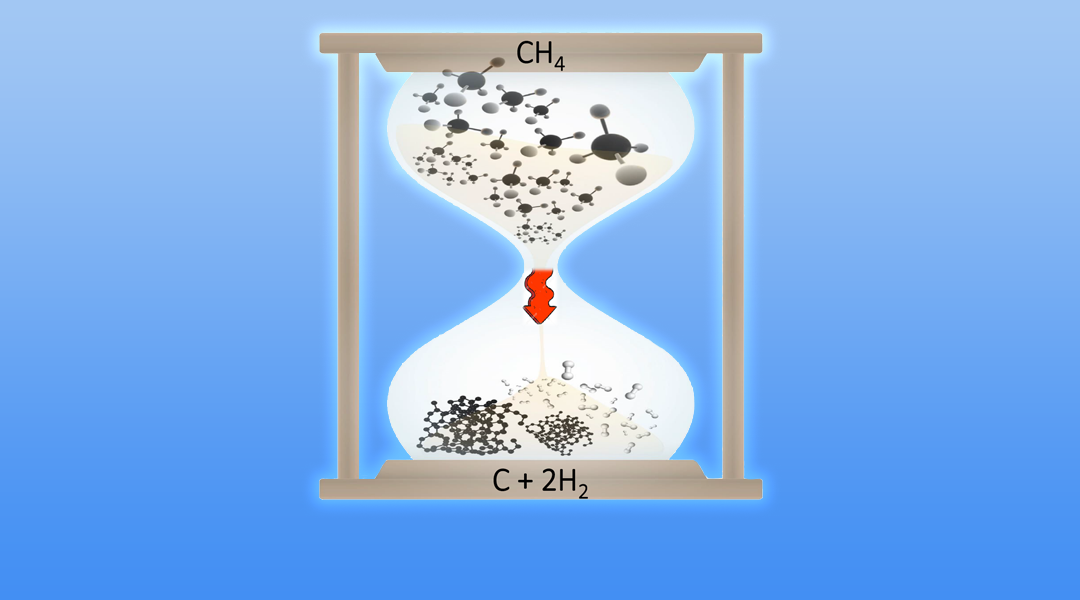
A fascinating approach for utilizing the chemical energy contained in the carbon–hydrogen bonds of methane without the co-production of carbon dioxide in the combustion process is discussed.
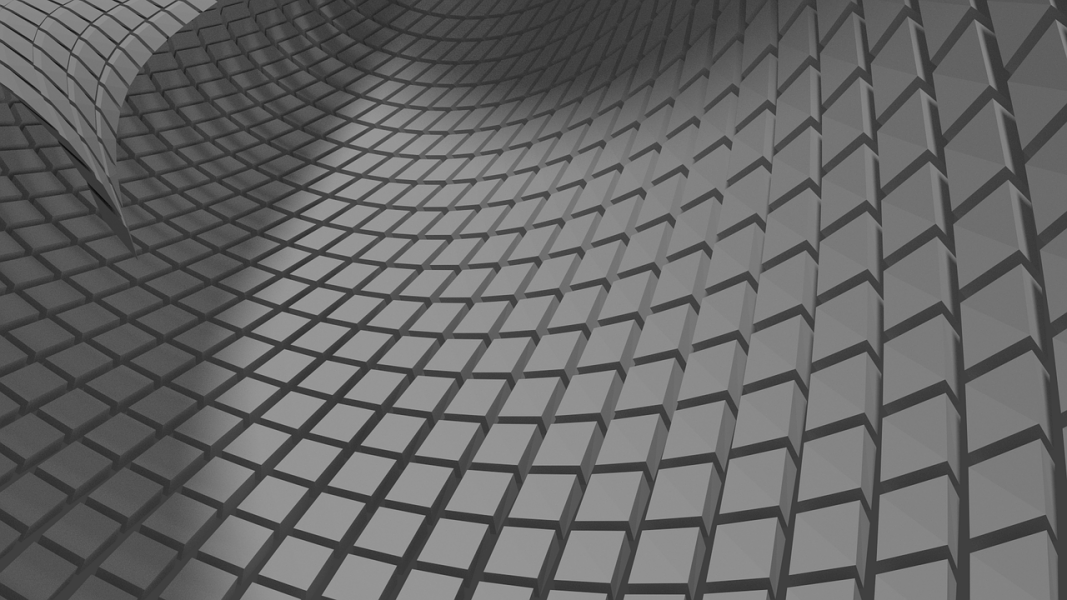
Precision micromanufacturing of electrospun microfibers can create 3D scaffold structures which support the growth of tessellated microtissues.
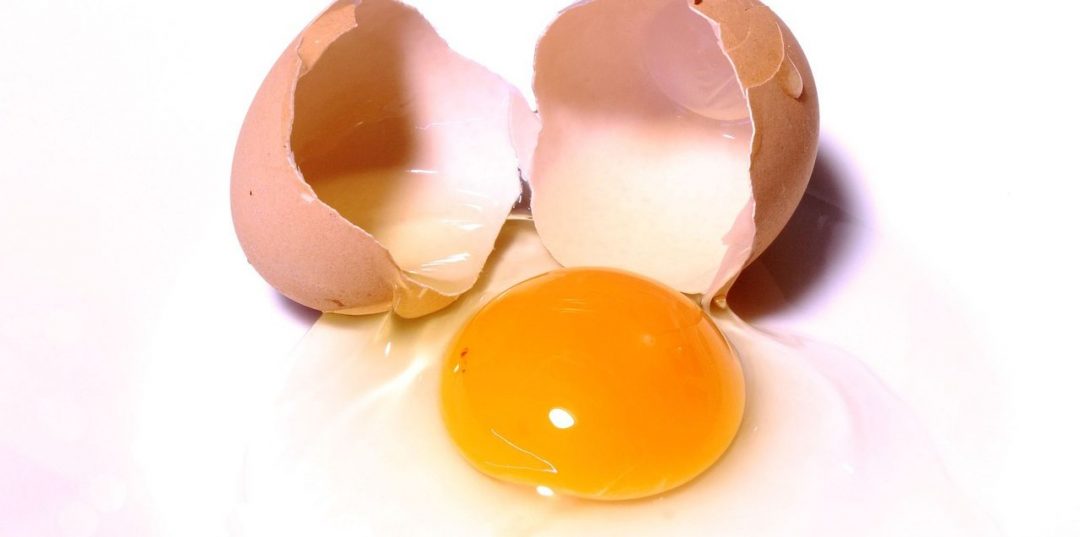
A team of Chinese researchers used a GASMAS optical spectroscopy technique to study the degree of freshness of unfertilized eggs and to distinguish unfertilized eggs from fertilized eggs.
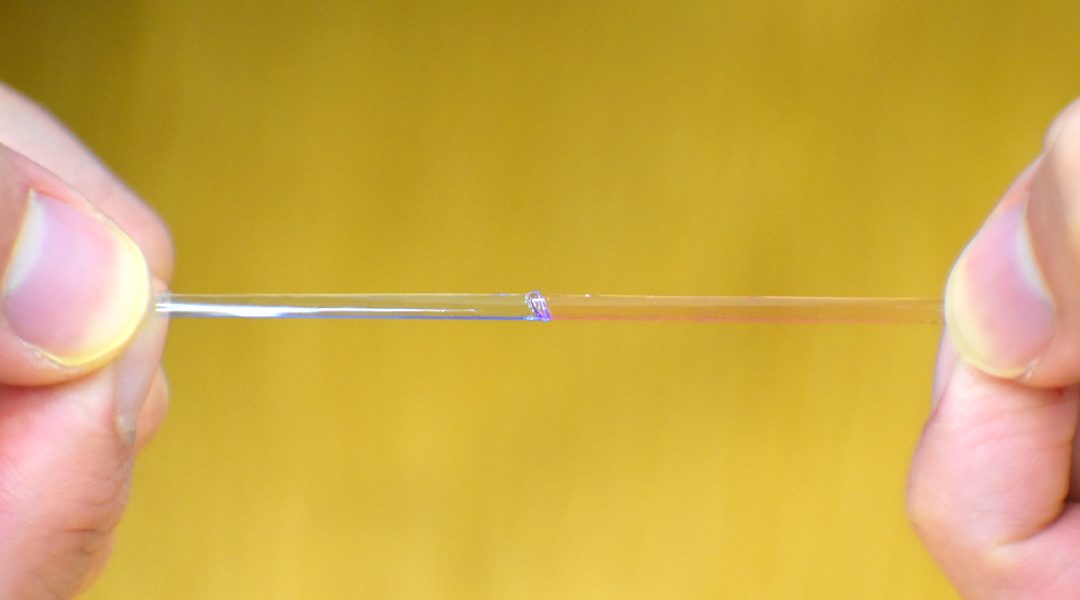
Robust electronic skin by utilizing supramolecular chemistry to produce a tough, self-healing elastic material.

Prof. Subodh Mhaisalkar of Nanyang Technological University, Singapore discusses the future of perovskite optoelectronics in an interview with the editors of Energy Technology.

TenCate Advanced Composites show new composite material technology for aerospace and high performance industrial markets.